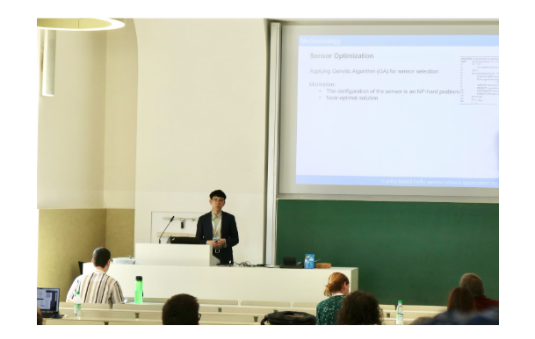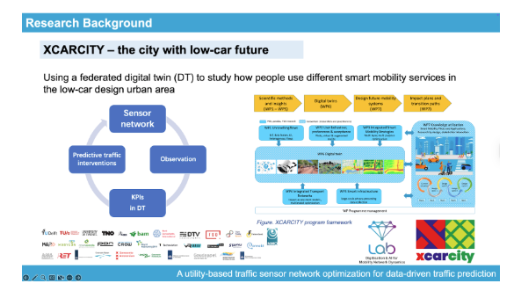Author: Yuxing Cheng
How much data do we actually need for the real-time traffic prediction? And where are these data located in the traffic network? At the 13th Symposium of the European Association for Research in Transportation (hEART) held in Munich, Germany, from June 10th to 13th, our team presented the latest findings on solving the traffic sensor location problem in the context of data-driven traffic speed prediction.
The conference aims to facilitate scientific discussion and collaboration among leading experts and researchers across Europe in the field of transportation. Our session sparked an enthusiastic response from the audience, with participants sharing valuable comments and suggestions that are already inspiring the next phase of our work in sensor network design for multimodal urban traffic systems, and also the data ingestion module for digital twins.
Data-driven models continue to outperform traditional approaches, yet their industrial adoption is still challenged by issues of data quality and sensor placement, even in our data-rich era. Our recent findings demonstrate significant potential for optimizing sensor placement for real-time traffic management in both car-centric and low-car urban environments. By strategically reducing the number of sensors while maintaining robust prediction performance, cities can lower installation costs without sacrificing model performance.
Stay tuned for further updates as we continue to bridge research and practice in sustainable multimodal traffic management.

